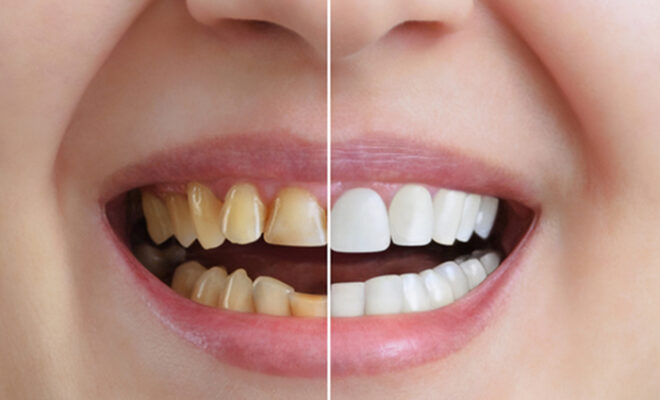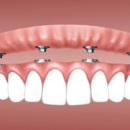Pulp Therapy: A Modern Technique Involved In Oral Rehabilitation

The pulp is the central core of the tooth, consisting of nerves and blood vessels. It is responsible for providing blood supply and nourishment to the tooth. Any infection or inflammation in the pulpal region requires prompt treatment. However, children may require a slightly different restorative known as pulp therapy.
Shelby Township family dentist and the team offer a comprehensive approach towards children with pulpal involvement through pulp therapy.
What is meant by pulp therapy?
Pulp therapy is a common dental procedure performed especially in children with a prime objective being elimination of the diseased pulp, followed by restoration of the tooth. It is popularly known as pulpotomy, pulpectomy, and nerve treatment.
Pulp therapy can be performed for both primary (baby) and permanent teeth. Though the primary teeth eventually shed off, they are essential for proper mastication and speech and to guide the alignment and spacing of permanent teeth.
What are the warning signs that indicate the need for pulp therapy?
A pulp infection can be debilitating and usually requires immediate dental care. There are certain warning signs that you need to watch out for, such as:
- Unexplained, excruciating, and persistent pain that may increase in intensity
- Radiating pain to the jaws and ears
- Extreme tooth sensitivity to hot and cold food temperature
- Presence of an abscess around the root tip
- Swelling, redness, and tenderness around the affected tooth
How is pulp therapy performed?
The nature of pulp therapy depends greatly on the exact location and extent of the infection. Based on this criteria there are two types of pulp therapies. These include:
Pulpotomy
- It involves the removal of only the crown part of the pulp (coronal pulp), leaving the pulp tissues in the root (radicular pulp) intact.
- The removed portion is then replaced with a therapeutic material that provides antimicrobial properties to help soothe the remaining pulp tissues and protect them.
- The tooth is later restored with a crown to strengthen the tooth structure.
Pulpectomy
- This procedure involves the removal of the entire pulp tissue, including the coronal and radicular pulp.
- The root canals are cleaned and packed with a biocompatible material.
- A resorbable material is used to fill primary teeth, while the permanent teeth are filled with a non-resorbable material.
- This is finally restored with a tooth-colored crown.
Despite several preventive measures, children are prone to dental caries due to unhealthy eating habits, and poor oral hygiene. Pulp therapy can effectively treat teeth with decay that involves the pulp, thereby preventing premature tooth loss.









